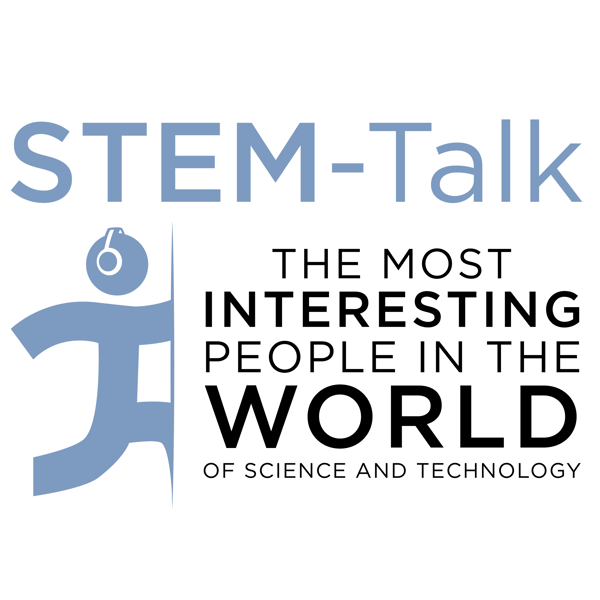Episode 174: Rudy Tanzi talks about genetics, aging and the hallmarks of Alzheimer’s
STEM-Talk
Dawn Kernagis and Ken Ford
4.6 • 694 Ratings
🗓️ 25 October 2024
⏱️ 69 minutes
🧾️ Download transcript
Summary
Transcript
Click on a timestamp to play from that location
| 0:00.0 | Welcome to STEM Talk. |
| 0:02.0 | STEM Talk. |
| 0:03.0 | STEM Talk. |
| 0:04.0 | STEM Talk. |
| 0:05.0 | Welcome to STEM Talk, where we introduce you to fascinating people who passionately |
| 0:11.0 | inhabit the scientific and technical frontiers of our society. |
| 0:15.0 | Hello, I'm your host, Ken Ford, IHMC's director and chairman of the double secret selection committee |
| 0:22.2 | that selects all of the guests who appear on STEM Talk. |
| 0:25.9 | Today, we have Dr. Rudy Tansy, who is best known for co-discovering all three familiar early-onset |
| 0:33.0 | Alzheimer's disease genes. |
| 0:34.8 | In addition, Rudy's lab was the first to use human stem cells to create |
| 0:39.6 | three-dimensional human brain organoids and three-dimensional neural culture models of Alzheimer's |
| 0:45.8 | disease, which became known as Alzheimer's in a dish. Better wash that dish. These models were |
| 0:51.9 | the first to recapitulate all three key Alzheimer's disease |
| 0:55.2 | pathological hallmarks and have made drug screening faster and cheaper. Rudy is the director |
| 1:01.6 | of the Genetics and Aging Research Unit, as well as the director of the Henry and Allison McCants |
| 1:07.4 | Center for Brain Health. Rudy is also co-director of the Massachusetts General |
| 1:11.7 | Institute for Neurodegenerative Disease at Massachusetts General Hospital and serves as the Joseph |
| 1:17.9 | P. and Rose F. Kennedy Professor of Neurology at Harvard Medical School. Rudy has published |
| 1:24.1 | more than 700 research papers and is one of the top 50 most cited neuroscientists in the world. |
| 1:30.3 | He is author of Decoding Darkness and co-author of two books with Deepak Chopra, Super Brain and the Healing Self. |
| 1:37.3 | Before we get into our interview with Rudy, however, we have some housekeeping to take care of. |
... |
Please login to see the full transcript.
Disclaimer: The podcast and artwork embedded on this page are from Dawn Kernagis and Ken Ford, and are the property of its owner and not affiliated with or endorsed by Tapesearch.
Generated transcripts are the property of Dawn Kernagis and Ken Ford and are distributed freely under the Fair Use doctrine. Transcripts generated by Tapesearch are not guaranteed to be accurate.
Copyright © Tapesearch 2025.

